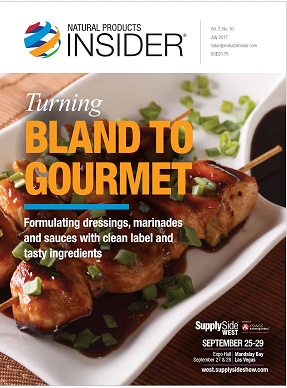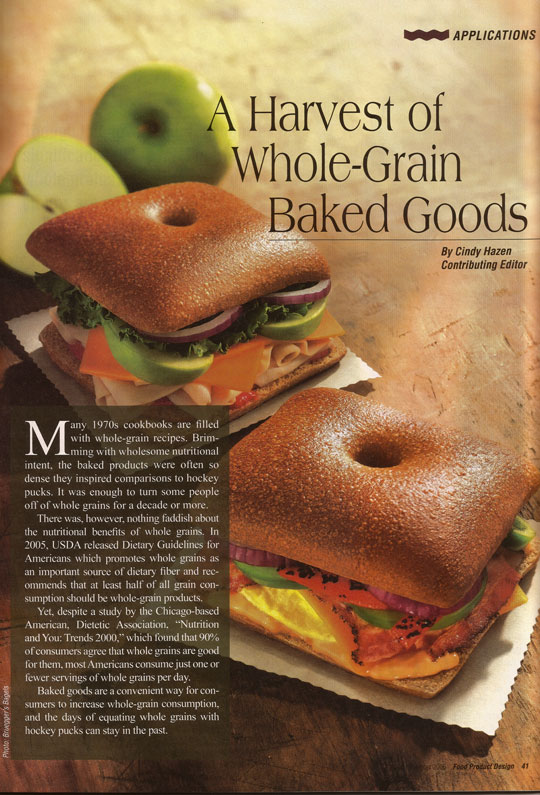The Future of Food Tech
November 2022, by Cindy Hazen, Contributing Editor
As food companies look toward the future, they won’t find a magic wand to reveal the next hot ticket. But there are clues that can guide the development of new products that may have lasting appeal. Millennials, Gen Z and Gen X are transforming the food and beverage industry in ways that were not foreseen a few decades ago. A look at a few of the current trends they champion may portend history-making changes in consumer habits.
Formulating for the Keto Consumer
April 2020, by Cindy Hazen, Contributing Editor
“Winning and losing isn’t everything. Sometimes, the journey is just as important as the outcome,” said soccer player Alex Morgan. That’s a statement that many followers of the ketogenic (keto) diet can relate to. For many, it’s a lifestyle choice rather than a quick diet to lose weight.
Although there are significant differences, there are similarities to other trendy diets. Like Atkins, keto’s focus is on carb reduction. Paleo and Keto both shun grains and refined sugar. Both lean towards less processed foods. No matter the diet followed and the desire for three healthy home cooked meals and snacks, busy schedules that don’t always allow the luxury. Hence, the opportunity for food and beverage manufacturers.
Turning Bland to Gourmet
January 2017, by Cindy Hazen, Contributing Editor
“Barbecue sauce is like a beautiful woman,” singer Lyle Lovett once said. “If it’s too sweet it’s bound to be hiding something.” He could have been describing any dressing, marinade or sauce. Each ingredient must do its part without overpowering another component. A hint of mystery is desirable…
Formulating Snacks & Bars
October 2017, by Cindy Hazen, Contributing Editor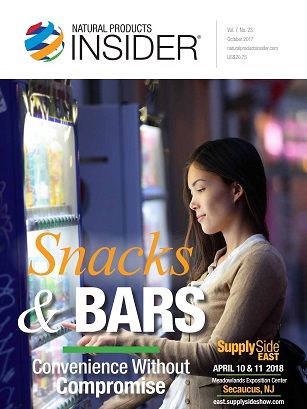
Granola bars, once a favorite of baby boomers, have come a long way since General Mills introduced Nature Valley’s oat-based bar. Today’s snack bars are likely to incorporate ancient grains and plant proteins. Agave syrup or brown rice syrup may replace corn syrup as a binder. Calories may be reduced by the addition of stevia or other natural, high intensity sweeteners. And there may be a shift towards savory. Millennials and young consumers have an adventurous appetite for snacks, and active seniors still see bars as a way to boost nutrition on the hiking trail or the golf course.
Researchers Propose New Tool Against Fraud
June 5, 2018, by Cindy Hazen
Detecting adulteration of extra virgin olive oil by dilution with refined oils
is challenging because testing often reveals the presence of compounds naturally present in both oils.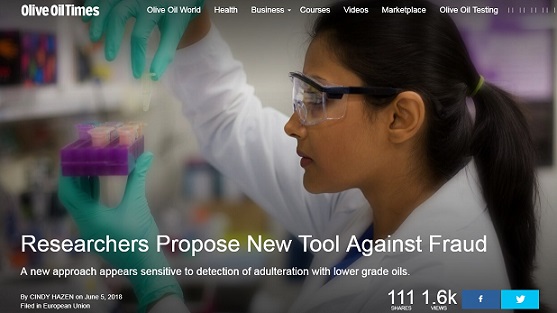
A recent study by scientists at Wagneningen University and Research, Netherlands, focused on determining the presence of compounds that are formed in the refining process and remain in fully processed olive oils and other vegetable oils.
Taking Flavors au Naturel
January 2015, by Cindy Hazen, Contributing Editor
Chemists see the world differently than many people, knowing everything that can be seen, tasted and touched is composed of a combination of chemical elements. We come in 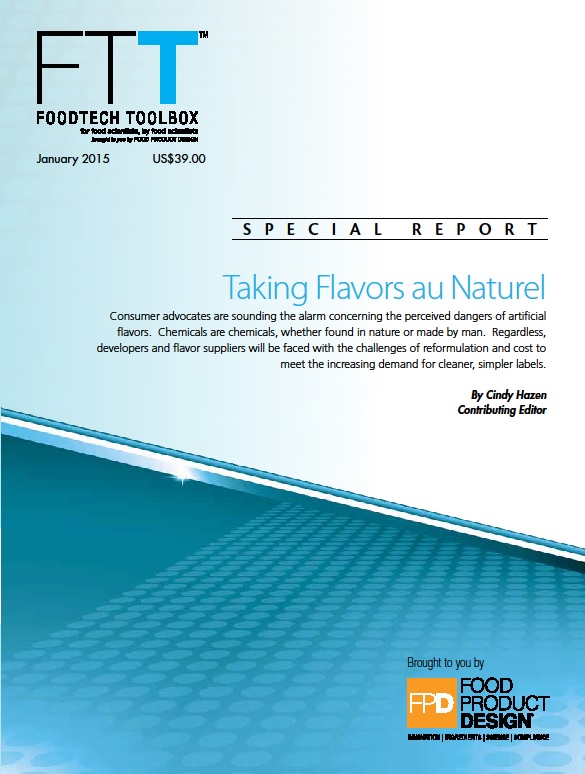 contact with countless chemicals every day, and very few are inherently dangerous.
contact with countless chemicals every day, and very few are inherently dangerous.
Not everyone has this rational view. It’s easy for people to become fearful of things they don’t understand, and science is one of those things. Nothing is more indicative of this chemophobia in today’s foodscape than the growing preference for natural vs. artificial flavors.
Dr. Tom Way pokes fun at this mindset with the satirical website, http://www.dhmo.org/facts.html. Written to address the concerns of DHMO (dihydrogen monoxide), it plays on exaggerated dangers and ill-founded fears. Accidental inhalation may lead to death. Prolonged exposure leads to tissue damage. It’s a major component of acid rain. It’s often associated with killer cyclones. It’s used in nuclear power plants and in the production of Styrofoam. The list goes on, including all of the foods in which it’s present: baby foods, soups beverages and “supposedly all-natural” fruit juices.
All of this is true of dihydrogen monoxide, more commonly known as water. But to the chemically-challenged, it sounds hazardous.
Pathogen Protection
March 2014, Cindy Hazen, Contributing Editor
A friend who lives in the Northwest posts witticisms she calls OOPS 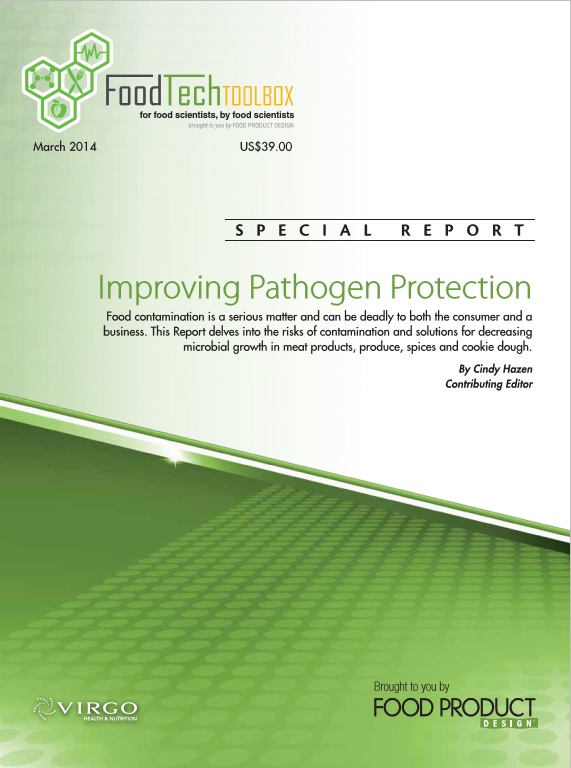
(otherwise overheard on the Portland streetcar). Recently, she heard someone say, “”I’ve never had Salmonella, but I’m guessing it’s like Nutella, only you spread it on fish?”
Surely it’s a joke, but pathogens are not a laughing matter. They can be deadly, both to consumers and businesses.


